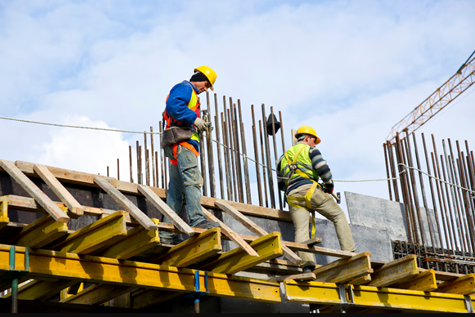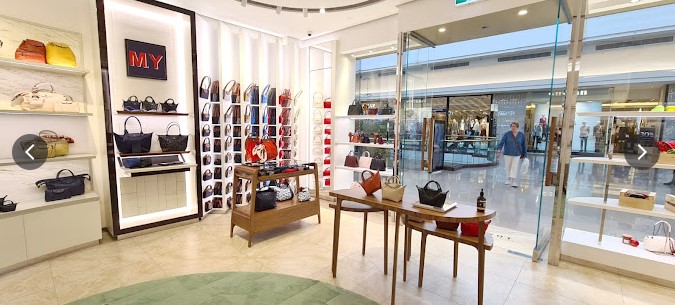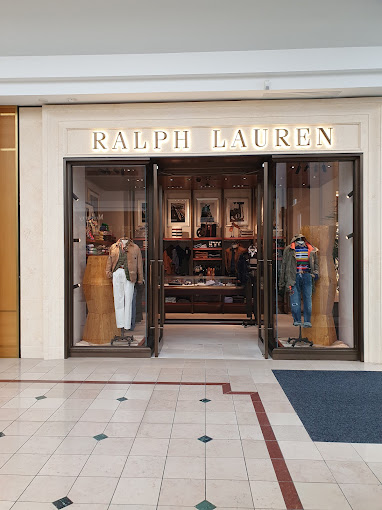Structural steel fabrication and construction are fundamental elements of the construction industry, imparting power and stability to diverse systems, from skyscrapers to bridges. However, the safety of employees and the integrity of those systems rely closely on adhering to a set of mounted protection requirements. This blog will explore the crucial safety requirements governing structural metal fabrication and construction, emphasising their significance and implications for the industry.
Understanding Safety Standards
Safety criteria are specified rules meant to safeguard workers and guarantee efficient and safe application of building techniques. These guidelines in the field of structural steel are created by several national and international agencies in order to support best practices in building and manufacturing.
These guidelines include all aspects of material choice and handling as well as welding and assembly techniques. Minimising hazards and building a safe workplace depend on ensuring conformity with these criteria.
Regulatory Bodies and Their Role
Establishing safety standards for the building area is, on the whole, dependent on several regulating bodies. For instance, corporations just like the American Institute of Steel Construction (AISC) offer rules emphasising the design, manufacture, and erection of metal structures. They advanced criteria that ought to be happy to assure overall performance and safety.
Another crucial organisation enforcing rules for employees’ fitness and safety is the Occupational Safety and Health Administration (OSHA). Among other important practices, OSHA lists sure suggestions on non-public shielding devices (PPE), safe lifting strategies, and dealing with goods.

Training and Certification
Maintaining safety standards depends much on the training and certification of employees engaged in structural steel operations. To do their jobs properly, employees must be informed about safety processes, equipment operation, and safety precautions. Frequent training courses keep personnel updated about the most recent safety procedures and aid to reinforce this knowledge.
Equally crucial are certification initiatives, which guarantee employees have the required knowledge to run machines and carry out their jobs safely. This improves worker safety and helps the construction project to be generally of quality.

Risk Assessment and Hazard Management
Maintaining safety criteria in steel manufacture and construction depends on careful risk assessments. Knowing possible hazards helps businesses to put policies into action to properly reduce risks. This proactive strategy guards employees as well as helps prevent expensive delays and mishaps.
First and most importantly is building a safe culture inside a company. Companies should support honest communication about safety issues and enable employees to document dangerous situations free from fear of reprisals. The probability of mishaps is much reduced when everyone is dedicated to safety.
Quality Control Measures
Maintaining the safety criteria in structural steel buildings depends on quality control. Confirming that everything follows set criteria depends on regular material and process checks. These covers verifying that building techniques follow safety criteria and looking for flaws in steel components.
From the choosing of materials to the last assembly, inspections should take place at several phases of the building process. Maintaining strict quality control policies helps businesses to guarantee that their buildings are not only safe but also dependable and robust.
Elevate Your Home with Precision Residential Steel Fabrication
At Austeel Australia, we specialise in delivering bespoke Residential Steel Fabrication solutions that transform ordinary spaces into extraordinary living environments.
The Importance of Personal Protective Equipment (PPE)
Safety criteria in the steel sector heavily rely on personal protective equipment. To guard oneself from possible hazards, workers are obliged to don suitable PPE comprising safety boots, gloves, goggles, and helmets. Minimising injuries on site depends on every employee having the required safety equipment.
Employers also have to do frequent inspections to guarantee workers are using PPE correctly and that it is in excellent condition. Giving employees instruction on correct PPE use improves safety even more and encourages them to see its relevance for their regular jobs.
Conclusion
Safety standards in structural steel fabrication and construction are essential for protecting workers and ensuring the quality of the structures built. By implementing these standards, companies can create a safer work environment and produce reliable buildings. Austeel Australia offers valuable resources to support those looking to improve their safety practices in this field, and focusing on safety not only benefits workers but also leads to better construction outcomes overall. When everyone prioritises safety, we can build a stronger and more reliable future.






